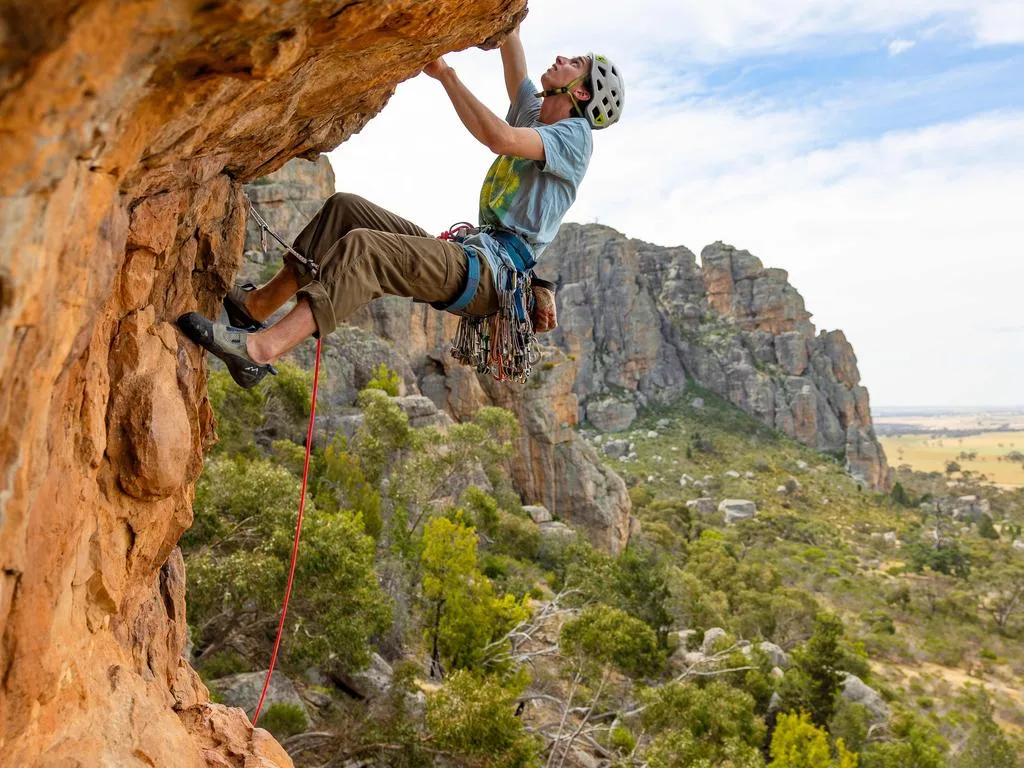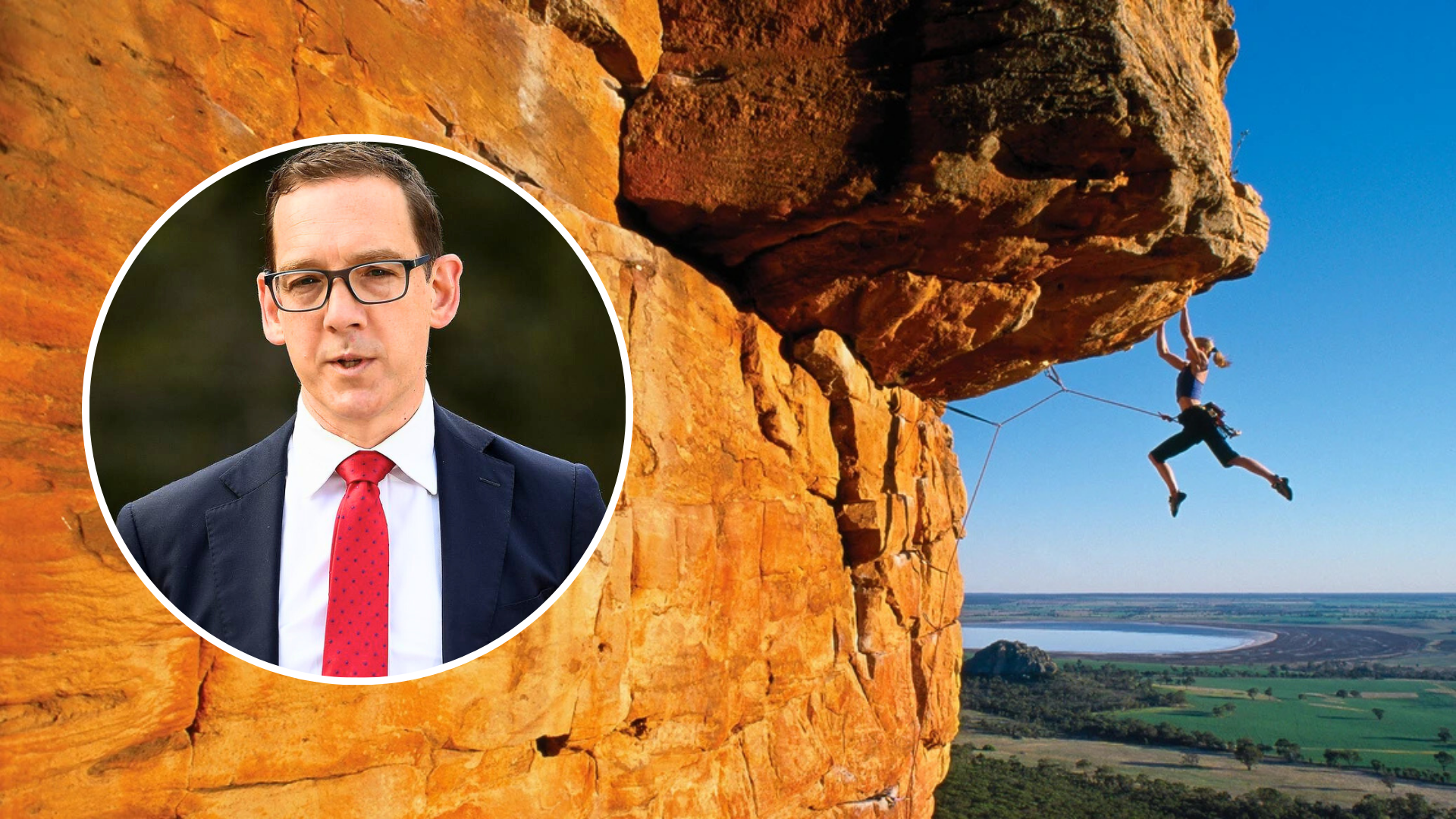Victorian Environment Minister Steve Dimopoulos finds himself at the centre of a heated national debate over public access to culturally significant Indigenous sites, as climbers and conservationists push back against sweeping restrictions at the world-renowned Mount Arapiles.
In recent years, Parks Victoria has systematically reduced rock climbing access at Mount Arapiles – also known as Dyurrite – as part of a broader agreement with traditional owners aimed at protecting cultural heritage. The closures have affected over 1,000 climbing routes, including some of the area’s most iconic climbs.
Mr Dimopoulos defended the government’s position in an ABC Radio interview this week, framing the changes as necessary to preserve the site’s cultural and environmental integrity.
“This is Australia’s most spectacular rock formations, right here,” he said, adding, “Imagine going to the pyramids of Egypt and imagine just putting a bolt in the pyramids. Like, it’s completely unacceptable.”
His remarks have drawn criticism from climbers, who argue that safety bolts and chalk leave minimal impact and that they have long been stewards of the environment.
Some climbers have said the bolts are there to save lives, pointing out the contradiction of allowing metal telecommunications towers atop the formation while banning climbing infrastructure.

Mr Dimopoulos’ grasp of the issue has also come under scrutiny. During the interview, he inaccurately claimed the majority of Victoria’s rock art is located at the site, despite most of it being in the nearby Grampians.
Parks Victoria’s engagement with the climbing community has been a sticking point. Critics accuse the agency of relying on unverifiable claims to justify restrictions, including assertions of graffiti and environmental damage allegedly caused by climbers. Climbers counter that much of the supposed harm, including chainsawed trees and graffiti, likely stems from other park users.
The head of Parks Victoria, Matthew Jackson, has since defended the move to close certain areas of Mt Arapiles claiming the agency’s hands were tied because they do not have any say on cultural heritage.
Mr Dimopoulos met with Climbing Victoria this week, and the group said they felt “heard,” a rare moment of progress for climbers who say they’ve largely been excluded from discussions.
The debate over Mount Arapiles underscores the broader challenge of balancing public recreation, cultural heritage, and conservation.
Mr Dimopoulos described the current moment as “a time to celebrate” Mount Arapiles’ significance, but for many climbers, it marks a significant loss of access to one of Australia’s most treasured climbing destinations.

